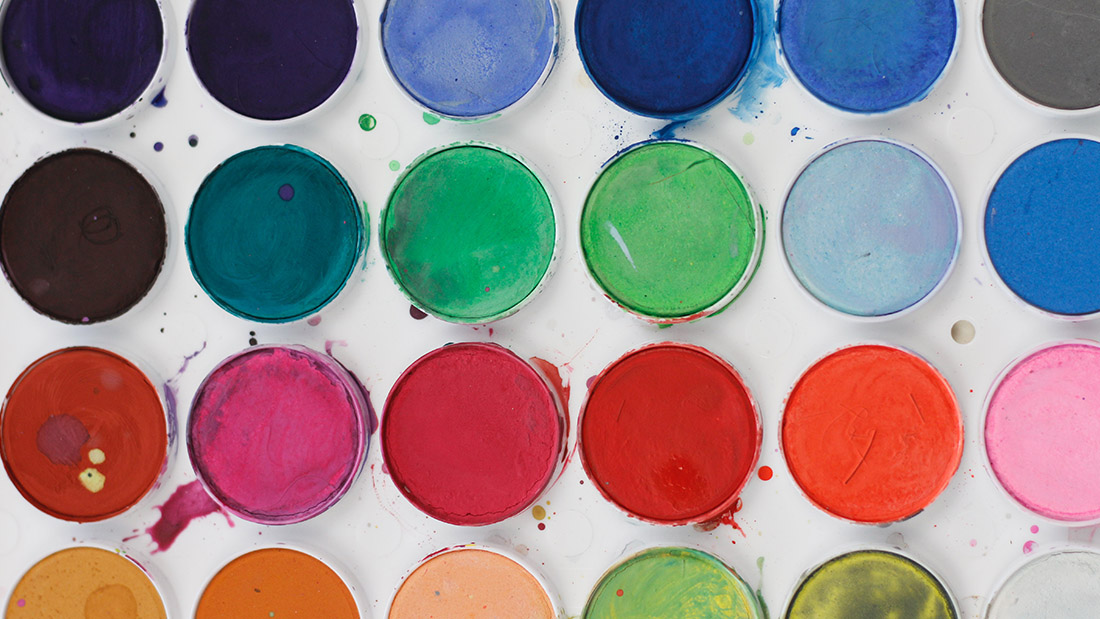The Future of Web Design - Web Design Services NJ

The Future of Web Design: Emerging Trends to Watch
written by Brandon C. Blackford
The digital landscape is constantly evolving, and web design is no exception. With the rapid pace of technological advancements and the ever-changing preferences of users, web design trends come and go like the tides. To keep up with the demands of the digital market, it is crucial to stay ahead of these trends and anticipate the future of web design. This article will explore some of the emerging trends that are shaping the future of web design, providing a glimpse of what we can expect in the years to come.
The first question you should ask yourself is whether you enjoy designing and creating websites. If you have an eye for design and enjoy the creative process, web design may be a good fit for you. However, if you find the process tedious or have no interest in design, it may not be the right career path for you.
Voice User Interface (VUI)
Voice recognition technology has come a long way, and as a result, voice user interfaces (VUIs) are becoming increasingly popular. This technology allows users to interact with websites and apps using voice commands, offering a more seamless and accessible experience. Web designers will need to adapt to this trend by incorporating VUIs in their designs, optimizing content for voice search, and ensuring websites are compatible with voice-activated devices like smart speakers.
Artificial Intelligence and Machine Learning
Artificial intelligence (AI) and machine learning are revolutionizing web design by automating tasks, providing personalized experiences, and predicting user behavior. With these technologies, websites can adapt to individual user preferences, serving tailored content and enhancing user engagement. Expect to see more AI-powered chatbots and recommendation engines that leverage machine learning to deliver a more personalized and efficient browsing experience.
Minimalism and Simplicity
In an increasingly complex digital world, simplicity and minimalism in web design are becoming more desirable. Users are looking for clear, uncluttered interfaces that are easy to navigate and understand. By focusing on essential elements and eliminating unnecessary distractions, web designers can create clean and straightforward layouts that facilitate user engagement and improve website performance.
Augmented Reality (AR) and Virtual Reality (VR)
As AR and VR technologies continue to mature, they will inevitably find their way into web design. These immersive experiences have the potential to revolutionize the way users interact with websites, offering new ways to explore content and engage with brands. From virtual showrooms and product demonstrations to interactive storytelling and educational experiences, the possibilities are endless.
Responsive Design and Mobile-First Approach
With mobile devices accounting for an increasing share of internet traffic, responsive design and a mobile-first approach are more critical than ever. Web designers must prioritize mobile user experience and create websites that adapt seamlessly to various screen sizes and devices. This trend will continue to grow as more people rely on their mobile devices for browsing and online transactions.
Focus on Accessibility and Inclusivity
Creating accessible and inclusive web designs is essential to reach a broader audience and ensure that everyone can interact with digital content. This includes designing for various disabilities, such as visual impairments, hearing difficulties, and cognitive challenges. By following accessibility guidelines, like the Web Content Accessibility Guidelines (WCAG), web designers can create more inclusive online experiences that cater to diverse user needs.
Conclusion
The future of web design is an exciting and ever-evolving landscape. By staying up to date with emerging trends and technologies, web designers can create innovative and user-centric websites that cater to the demands of the modern digital world. From dark mode and voice interfaces to AI-driven personalization and immersive AR/VR experiences, these trends offer a glimpse into the future of web design and the endless possibilities that.